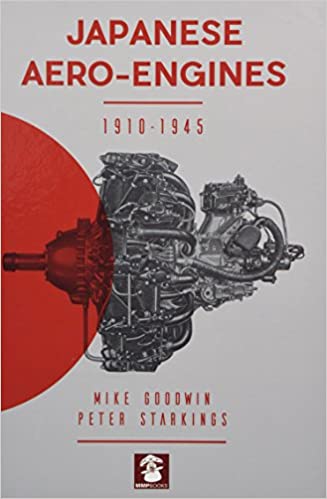Heinkel HeS 3
The Heinkel HeS 3 (HeS - Heinkel Strahltriebwerke) was the world's first operational jet engine to power an aircraft. Designed by Hans von Ohain while working at Heinkel, the engine first flew as the primary power of the Heinkel He 178, piloted by Erich Warsitz on 27 August 1939.
The HeS 3 design was largely based on the HeS 1 but converted to burn liquid fuel instead of hydrogen gas used in the HeS 1. The first HeS 3 design was generally similar to the HeS 1, using an 8-blade inducer and 16-blade axial compressor. The compressed air flowed into an annular combustion chamber between the compressor and turbine, which made the engine longer. The first example was bench tested around March 1938, but did not reach the design thrust because a small compressor and combustor had been used to reduce the frontal area. Max Hahn, from Heinkel, applied May 31, 1939, for an US patent, granted Sept 16, 1941: 'Aircraft Power Plant', US2256198, with the von Ohain design.
An improved engine, the HeS 3b, had a 14-blade inducer and 16 blade axial compressor. In order to minimise the diameter the widest part of the annular combustor was placed in line with the smaller diameter axial entry to the impeller. At exit from the impeller the air flowed forwards, then turned through 180 degrees to flow rearward through the combustor. The flow was then turned radially inwards to enter the turbine. Although not as compact as the original design, the 3b was much simpler. The fuel was used to cool rear roller bearing, which also preheated the fuel.
The engine was completed in early 1939, and was flight-tested under one of the remaining Heinkel He 118 dive bomber prototypes. The flight tests were carried out in extreme secrecy, taking off and landing under propeller power, and only flying in the early morning before other workers had arrived. Testing proceeded smoothly, but the engine eventually burned out its turbine.
A second engine was completed just after completion of the He 178 airframe, so it was decided to move directly to full flight tests. A short hop was made on 24 August during high-speed taxi tests, followed by full flight on 27 August, the first aircraft to fly solely under jet power. Testing continued and in November the aircraft was demonstrated to RLM officials in hopes of receiving funding for the development of a larger engine, but nothing seemed forthcoming.
Hans Mauch later told von Ohain the RLM was in fact extremely impressed, but he was concerned that Heinkel's airframe team did not have the knowledge to undertake engine development. Instead he and Helmut Schelp secretly visited a number of aircraft engine manufacturers to try to start programs there. Mauch left his position in 1939 leaving Schelp in command. Schelp was not as concerned about where development was taking place, and immediately started funding Heinkel to produce a more powerful engine.
General characteristics (HeS 3b):
Components
Performance
- Type: Centrifugal flow turbojet engine
- Length: 1,480 mm (58 in)
- Diameter: 930 mm (37 in)
- Dry weight: 360 kg (790 lb)
Components
- Compressor: 14-blade axial inducer + 16-blade axial flow compressor
- Combustors: Reverse-flow annular
- Turbine: 12-blade radial inflow turbine
- Fuel type: Gasoline or Diesel fuel
- Oil system: pressure spray
Performance
- Maximum thrust: 4.9 kN (1,100 lbf) @ 11,600 rpm (at SSL)
- Overall pressure ratio: 2.8:1
- Air mass flow: 12.6 kg/s (27.7 lb/s)
- Specific fuel consumption: 0.163 kg/(kN·h) (1.6 lb/(lbf·h))
- Power-to-weight ratio: N/A
Source(s):
Wikipedia
Gunston, Bill (2006). World Encyclopedia of Aero Engines: From the Pioneers to the Present Day (5th ed.). Stroud, UK: Sutton. ISBN 0-7509-4479-X.
Wikipedia
Gunston, Bill (2006). World Encyclopedia of Aero Engines: From the Pioneers to the Present Day (5th ed.). Stroud, UK: Sutton. ISBN 0-7509-4479-X.






